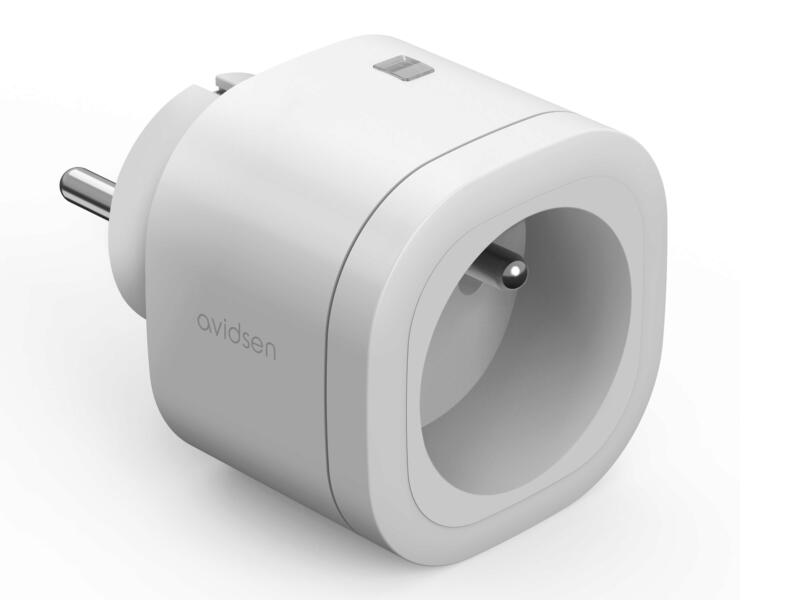Connecting Avidsen Home Plugs to Home Assistant via Tasmota

A while a go I bought these Avidsen branded smart plugs in a local hardware store. These plugs work fine. The only downside they have is you need the Avidsen Home app on your phone to control them. A while ago I installed home assistant on a raspberry pi to make my home "smarter". HA integrates flawlessly with Home Wizard which I use to monitor my gas and electricity consumption. It also integrates with my recently purchased tado thermostats. So everything started to get integrated ... except for the Avidsen plugs. After doing some research, I found that these plugs are actually rebranded tuya plugs and home assistant seems to integrate with these. This integration, however, is a bit tedious. You need to re-register all your plugs in the Tuya Smart app and after that you need to set up integration with home assistant on tuya's IoT cloud. Although this works, it seemed like a lot of hassle to have home assistant running in my study, ta



